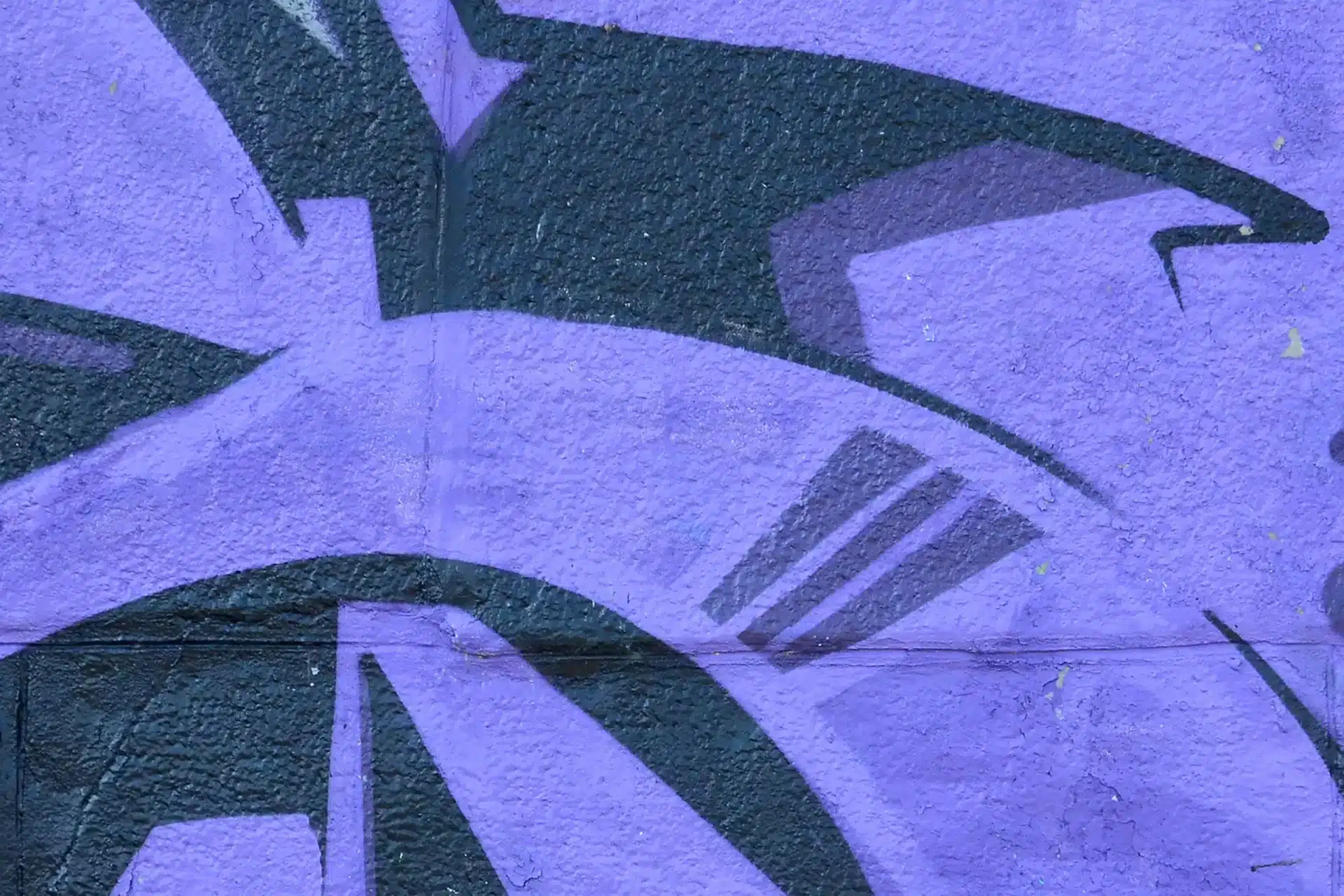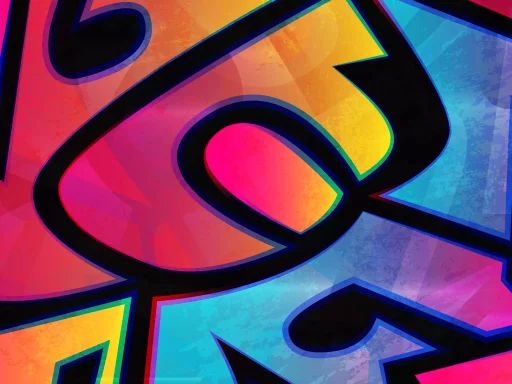Introduction to GIFs in Texting
In today’s digital communication landscape, GIFs (Graphics Interchange Format) have become a popular tool for enhancing conversation. Often used in texts and social media, GIFs add a layer of expression that is sometimes lost in plain text. With vibrant animations and succinct visuals, GIFs can convey emotions, humor, and context, bridging the gap between words and intent.
What is a GIF?
GIFs are short, looping animations that can be shared across various platforms, making them an ideal format for expressing feelings and reactions in texting. The format supports both animated and static images, typically limited to 256 colors, which keeps file sizes small while maintaining a level of quality suitable for online sharing.
The Popularity of GIFs
The use of GIFs has skyrocketed in recent years, particularly among younger demographics. According to a survey by Giphy, 67% of users in the 18-29 age group reported using GIFs in their digital conversations. This influx can be attributed to various factors:
- Expressive Communication: GIFs can express what might be hard to convey in text alone.
- Humor and Entertainment: They often contain snippets from popular media that resonate with viewers.
- Widespread Sharing: Platforms like Twitter, Facebook, and messaging apps have integrated GIF support, making them easily accessible.
When to Use GIFs in Texting
Using GIFs effectively in texting can enhance interactions, but knowing when to use them is key. Here are some scenarios where GIFs shine:
- Celebrations: Share a celebratory GIF to congratulate a friend on their achievement.
- Emotional Support: When words fail, a comforting animated GIF can offer solace.
- Humorous Responses: Use a funny GIF to lighten the mood during a serious conversation.
- Reactions: Responding with an animated reaction can express feelings better than text.
Case Studies: The Impact of GIFs in Communication
Several brands and individuals have successfully integrated GIFs into their communication strategies, showcasing their effectiveness:
- Twitter: In a study conducted by Twitter, tweets containing GIFs received 55% more engagement than those without any media.
- Brand Campaigns: Companies like Netflix and Dunkin’ have created custom GIFs for marketing campaigns, significantly boosting brand awareness and customer interaction. For instance, during the pandemic, Netflix’s GIFs became a popular way for fans to discuss shows, sparking conversations across social media platforms.
- Influencer Marketing: Influencers use GIFs on platforms like Instagram Stories to create compelling narratives, enhancing their connection with audiences.
How to Find and Use GIFs in Texting
Finding and using GIFs in your messages is straightforward, thanks to numerous platforms and apps:
- Giphy: One of the most popular platforms for finding GIFs. Simply search for specific keywords to locate the desired GIF.
- Tenor: Integrated into many mobile keyboards, Tenor allows users to search for GIFs directly from texting apps.
- Messaging Apps: Platforms like WhatsApp, Facebook Messenger, and Slack have built-in GIF support, making sharing easier.
To add a GIF to your messages, you can typically click on the GIF icon within the app, search for the desired GIF, and click to send.
Conclusion: The Future of GIFs in Digital Communication
As communication continues to evolve, GIFs are likely to remain a staple in texting and beyond. They enhance the emotional spectrum of conversations, providing a quick, relatable, and often humorous way to connect. Understanding when and how to use GIFs can enhance your interaction, making conversations more engaging and memorable.






